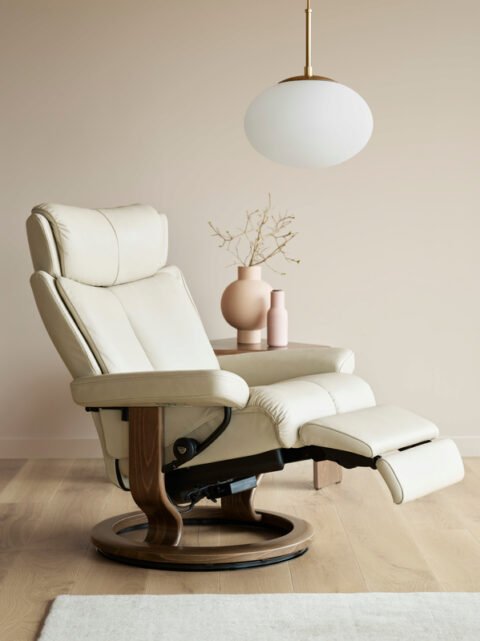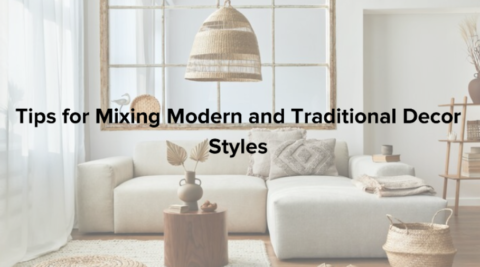In the dynamic landscape of the furniture industry, where traditional shopping experiences often fall short of consumer expectations, technological advancements are paving the way for transformative change. Among these innovations, furniture configurator software stands out as a beacon of progress. By allowing consumers to personalize every aspect of their furniture—from materials and colors to sizes and configurations—these tools not only enhance customer satisfaction but also make the production process more efficient. This evolution is reshaping the sector, offering a seamless blend of customization and operational streamlining that propels the industry toward a more responsive and customer-centric future.
3D Furniture Configurator
3D furniture configurators are a game-changer for furniture businesses, transforming both customer experiences and operational efficiency.
These tools empower customers to personalize their furniture choices—from materials and colors to sizes and configurations—tailoring products to their exact preferences and boosting satisfaction.
Beyond enhancing customer experience, configurators provide valuable insights into market trends and specific consumer demands, guiding more targeted product development.
On the operational side, configurators streamline manufacturing by ensuring accurate specifications, minimizing errors, and optimizing inventory management.
By embracing product configurators, businesses gain a competitive edge in the market. They drive sales, cultivate customer loyalty, and effectively meet the evolving needs of today’s dynamic consumer base.
Why Integrate Product Variations?
Exploring how Shopify websites incorporate product variations highlights the business opportunities unlocked by e-commerce customization. Here’s how integrating product variations can benefit your online store:
Offering More Choices
Furniture customization empowers customers with options to personalize features, colors, sizes, and materials according to their preferences. By providing custom product variations, you enable customers to tailor their purchases to meet their exact needs and tastes. This enhances overall satisfaction and strengthens their connection with the product. The flexibility of choice expands options, fostering a deeper sense of ownership and engagement with each purchase.
Increase Click-through Rates
Sophisticated furniture customization experiences capture users’ interest, encouraging them to delve into options and engage more deeply. This heightened engagement with customization features leads to increased clicks as users explore various options.
By offering intricate customization capabilities, businesses create a compelling journey that entices users to click through different choices. This not only boosts interaction rates but also drives higher click-through rates, ultimately enhancing user engagement and satisfaction.
Improve Customer Experience
Customizing websites with 3D model variations enhances the customer experience through interactive product previews. These previews provide a more immersive understanding and connection with the items on offer.
By offering this immersive experience, businesses increase engagement and build customer confidence in their purchase decisions. Ultimately, this enhances overall customer satisfaction and fosters loyalty to the brand.
Custom Product Options
Integrating custom product options allows businesses to offer a variety of attributes that cater to customer preferences on an e-commerce platform.
- 3D furniture configurators allow for the inclusion of multiple product attributes. For example, options can include size, color, and fit, each with its own set of variations.
- Website product variation allows for adjusting prices based on different variants. Users can modify these variants directly from the variant details section within the product page. It’s a straightforward process with a limited number of options per product. To expand your offerings, you can either add multiple components to a product or provide customers with the option to upload an image.
- How you present your products can significantly influence your sales. It’s essential to showcase each product option accurately through images. The way you present these options can either make or break the sales process.
Conclusion
In conclusion, the furniture industry faces a persistent challenge in meeting consumer expectations, exacerbated by the limitations of traditional shopping experiences. However, advancements in product visualization technologies are revolutionizing the sector.
3D furniture configurators represent a transformative tool in this landscape, enabling customers to personalize their choices across materials, colors, sizes, and configurations. This not only enhances customer satisfaction but also provides valuable insights for manufacturers to align products with market demands more effectively. By integrating these technologies, businesses can bolster sales, cultivate loyalty, and elevate the overall shopping journey in an increasingly customer-centric industry.

Daniel J. Morgan is the founder of Invidiata Magazine, a premier publication showcasing luxury living, arts, and culture. With a passion for excellence, Daniel has established the magazine as a beacon of sophistication and refinement, captivating discerning audiences worldwide.





